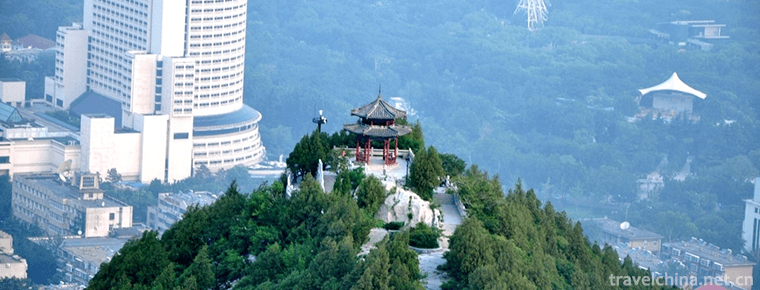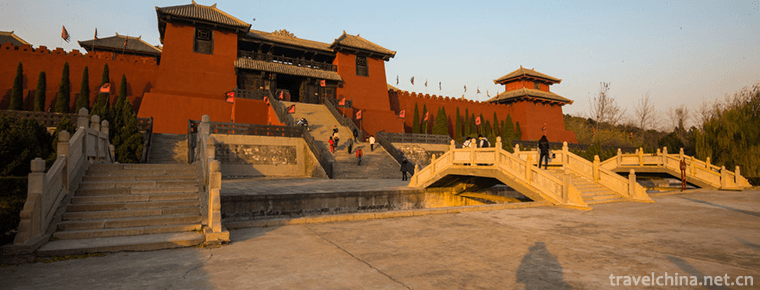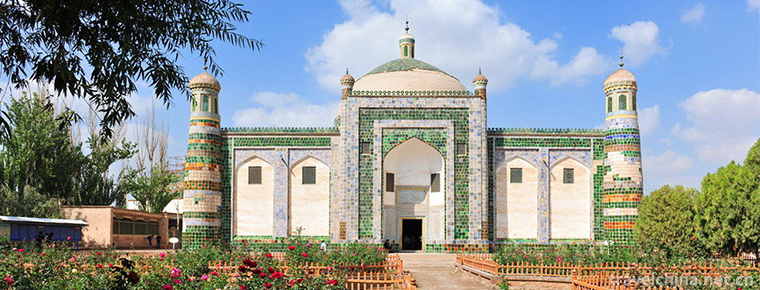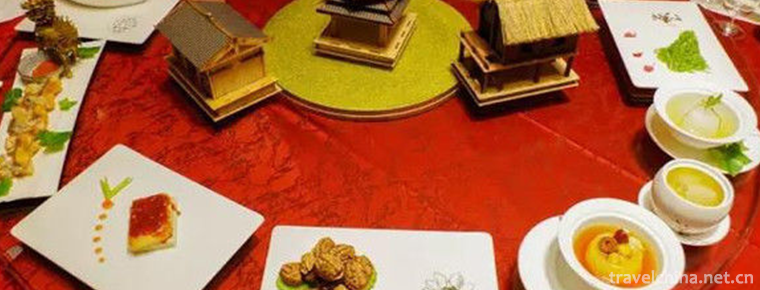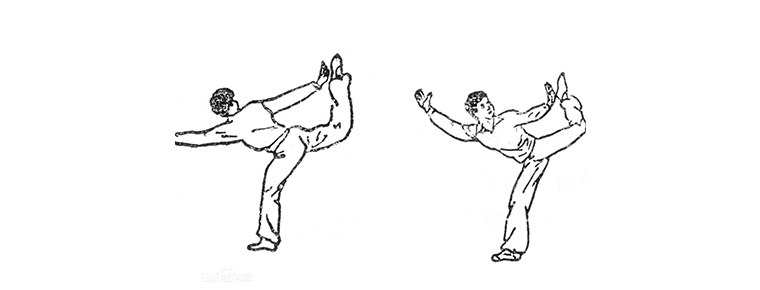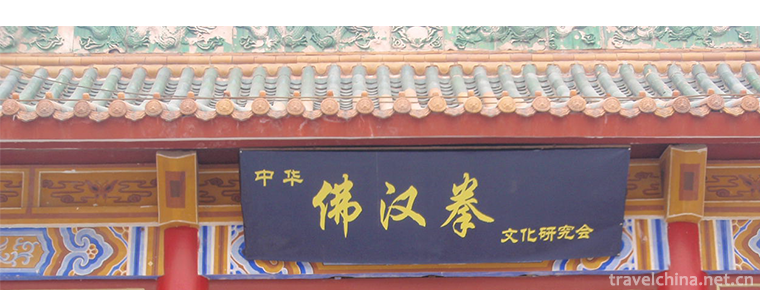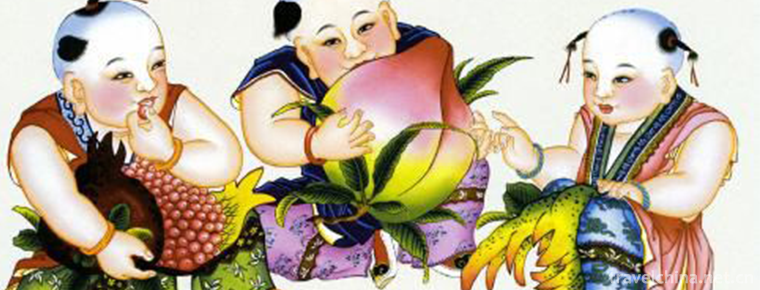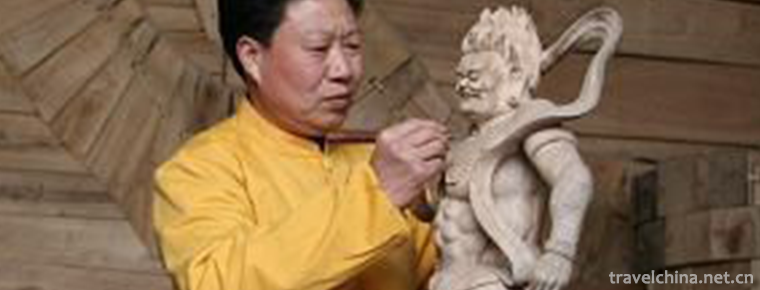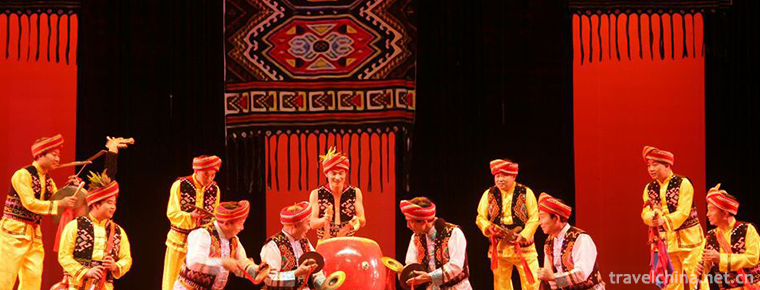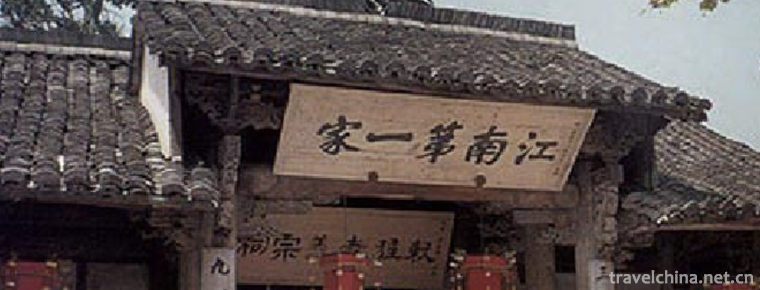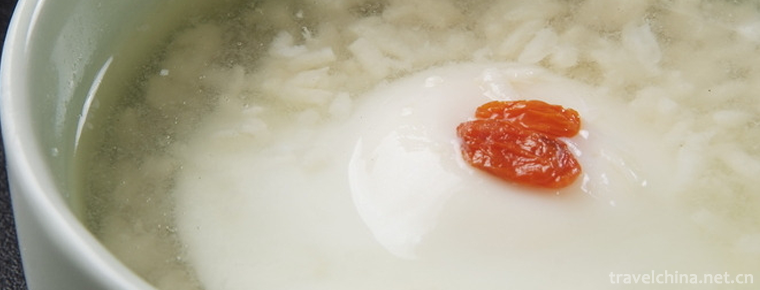Wuhan Revolutionary Museum
Wuhan Revolutionary Museum
The Wuhan Revolutionary Museum is located at No. 13 Hongxiang, Wuchang, Wuhan, Hubei Province. It was merged by the memorial hall of the former site of the Wuchang Peasant Movement Workshop, the memorial hall of Mao Zedong's old residence, the memorial hall of Chen Tanqiu Martyrs and the Management Institute of Wuchang Uprising Gate (with the sign of the memorial hall of the former site of the Wuchang Peasant Movement Workshop).
Wuhan Revolutionary Museum has more than 3000 books, more than 10,000 photographic negatives, more than 3,000 written materials, more than 1300 copies (prints) and 594 original cultural relics. Among them, there are 10 first-class cultural relics, 48 second-class cultural relics and 266 third-class cultural relics. 273 references. There are examples of Chinese tenant farmers'life written by Mao Zedong in 1927, statutes compiled by agricultural lectures, badges worn by students, inscriptions and inscriptions by leaders such as Zhou Enlai, Dong Biwu, Zhang Pinghua and Wu Xiuquan. Huang Xing, Deng Yanda, Chen Tanqiu, Xia Mingham, Bao Hui Monk and other used objects are precious revolutionary cultural relics.
November 17, 2017, won the title of the Fifth National Civilization Unit.
Development history
The Wuhan Revolutionary Museum is located at No. 13, Hongxiang, Wuchang. In November 2000, the Wuhan Revolutionary Museum was merged by Wuchang Peasant Movement Workshop Site Memorial Hall, Mao Zedong Old Residence Memorial Hall, the Five Congress Sites Memorial Hall of the Communist Party of China, Chen Tanqiu Martyrs Memorial Hall and Wuchang Uprising Gate Management Institute. The office is located in the old site of Wuchang Peasant Movement Workshop, responsible for the old site of Wuchang Peasant Movement Workshop, Mao Zedong Old Residence of Wuchang and the early life of Chen The management, protection and opening of the old sites of Moving Sites and Wuchang Uprising Gate; responsible for collecting, protecting, displaying, researching and researching modern and contemporary cultural relics in Wuhan; responsible for holding special exhibitions reflecting major revolutionary historical events and figures.
Exhibition display
The Wuhan Revolutionary Museum has held and introduced various special exhibitions on history, culture and art. It has successively held exhibitions on the history of China in the past hundred years, Mao Zedong and Wuhan, Model of Grass-roots Cadres-Wu Tianxiang's Advanced Stories, Victory Belongs to the People, 25,000 Li of Iron Flow, Drug Control Storm, National Flag in My Heart, Red Rock Soul and Xiangxiang. More than 30 exhibitions, including Hong Kong Return Exhibition, Commemoration of Zhou Enlai's Centenary of Birth, Anti-American Aid for Korea, Protecting the Nation, Macao Return Exhibition, Mao Zedong Zhongnanhai Heritage Exhibition, Exhibition of the History of the Founding of the Communist Party of China, 80 Years of the History of Wuhan, Exhibition of Traditional Chinese Virtues, and Mao Zedong, Leader of the People, are on display. The Memorial Hall at the old site of Wuchang Agricultural Lecture, where the Wuhan Revolutionary Museum is located, has received 20 million visitors since its opening.
Visiting information
Admission ticket
Free Admission
Opening Hours
Tuesday to Sunday: 9:00-17:00, 16:30 stop entering; Monday closed all day.
Traffic information
transit
City bus 11, 514, 530 inner ring, 530 outer ring, 539, 542, 554, 566, 607, 804 to Jiefang Lumen Station; 43 ring, 576, 584 to Zhongshan Road Jiefang Road Station.
No. 514 bus will be there as soon as it gets off. 722, 507, 6 trams, 8 trams and 4 trams get off at Meijiashan. 43, 717, 609 and 510 are under Ziyang Road.
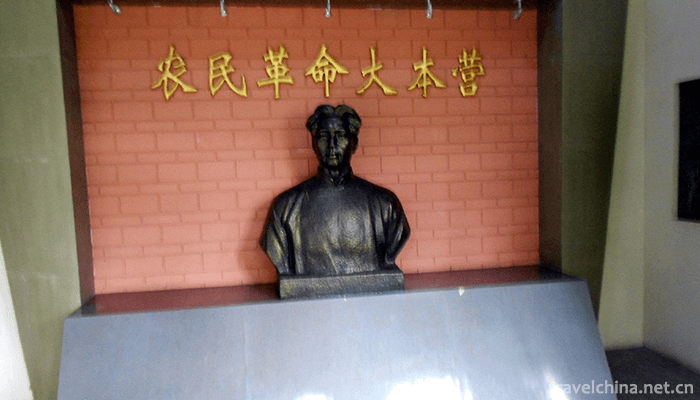
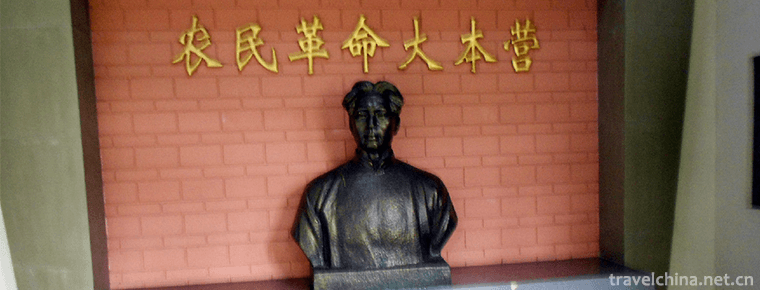
Wuhan Revolutionary Museum
-
Thousand Buddhas Mountain
Qianfo Mountain is one of the three major scenic spots in Jinan. It was called Lishan in ancient times. Because it was called Shun's farming in Lishan in ancient times, it was also named Shun Mountain
Views: 215 Time 2018-12-26 -
Jiaozuo Film and Television City
Jiaozuo Film and Television City, located in Jiaozuo City, Henan Province, is a large-scale comprehensive tourist area with film and television shooting services as the main function
Views: 112 Time 2019-01-22 -
Abakh Hoja Tomb
Xiangfei Tomb is located in Haohan Village, 5 km east suburb of Kashgar City. It is a key cultural relic protection unit in the autonomous region. This is a typical Islamic complex of ancient building
Views: 165 Time 2019-02-25 -
Eight Immortals
Raw materials: japonica rice, yellow millet, soybean, red adzuki bean, mung bean (fried with five flavors) 75 grams each. Fennel (washed) 150 grams, dried ginger, stir-fried white salt 30 grams each.
Views: 158 Time 2019-03-27 -
Poke feet
Poking feet is one of Chinese boxing. Leg and foot kungfu is the main form. It is said that it originated in the Song Dynasty and flourished in the Ming and Qing Dynasties
Views: 148 Time 2019-04-22 -
Buddha Han boxing
Fohan boxing is also known as Fohan Chuan, commonly known as Buddhist boxing. It is a kind of traditional Chinese martial arts. This boxing originated in Shaolin Temple
Views: 334 Time 2019-04-29 -
Taohuawu Wood Engraving New Year Picture
Taohuawu New Year Picture is a Folk Woodcut New Year Picture in the south of the Yangtze River. It was named for its production in the area of Taohuawu in Suzhou. It and the woodcut New Year pictures
Views: 175 Time 2019-06-18 -
Skills of Dry Lacquer and Ramie in Tiantai Mountains
As early as the Eastern Jin Dynasty, dry lacquer and ramie had been used in Tiantai folk. Through the continuous efforts of the substitute craftsmen, their skills gradually matured. In the mid-Tang Dy
Views: 204 Time 2019-06-21 -
Tujia people slip away
Dalaozi is an ancient folk instrumental ensemble which is the most widely spread in Tujia area. It has a long history, a wide range of music cards, exquisite skills and rich expressiveness. It is a un
Views: 127 Time 2019-06-23 -
Construction Techniques of Wuzhou Traditional Residential Buildings
On June 7, 2008, Wuzhou traditional residential construction techniques were approved by the State Council and listed in the second batch of national intangible cultural heritage list.
Views: 212 Time 2019-06-30 -
Sugar Eggs
Laozao is a local snack, belonging to Sichuan cuisine. Laolao, a kind of wine brewing in ancient Chinese, is a Sichuan dialect, that is, boiled eggs with wine brewing. Put the mash in the pot and boil
Views: 480 Time 2020-03-09

